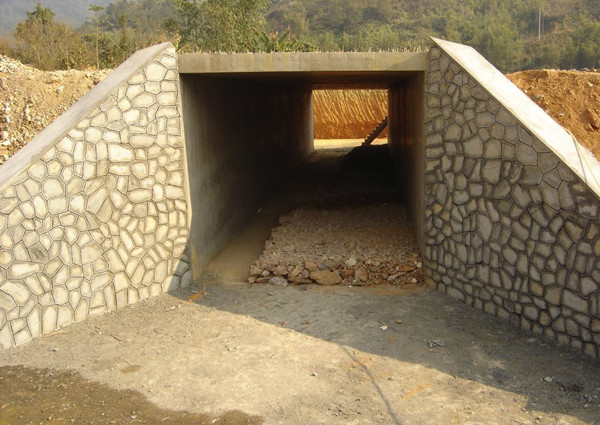A culvert is an engineering structure used to solve the problem of crossing water bodies such as rivers and streams in road or rail traffic. It allows the smooth passage of water by constructing a channel beneath a body of water while maintaining road or railroad connectivity.
The monitoring of water levels is critical in the design and maintenance of culverts. Radar hydrometers, a commonly used measurement device, have the unique advantage of being able to monitor water level changes in culverts accurately and in real-time.

First, let’s understand how a radar water level meter works. A radar water level meter uses radar technology to measure the height of the water level by transmitting and receiving microwave signals. It works similarly to a radar level meter that measures liquid or solid materials, but in culvert measurements, it is mainly used to measure changes in water level.
The microwave signal emitted by the radar level meter will be reflected back through the water surface, and by measuring the round-trip time and frequency change of the signal, the height of the water level can be calculated. In the monitoring of culverts, the radar water level meter has the following advantages.
Firstly, it can achieve non-contact measurements without direct contact with the water body, avoiding the pollution and damage problems that may occur in traditional measurement methods.
Secondly, the radar water level meter has high measurement accuracy and stability, which can provide accurate water level data and help engineers understand the water level of culverts in time. In addition, the radar water level meter also has strong adaptability and can measure under different environmental conditions, such as light and temperature changes in the culvert.

A culvert exists on a major highway in a certain area. To ensure the proper operation of the culvert and traffic safety, engineers need to monitor the water level of the culvert.
They chose a low-frequency radar water level meter for the measurement. The low-frequency radar water level meter is installed above the culvert and measures the change in water level by emitting low-frequency microwave signals.
The water level meter has a highly accurate measurement capability and stable performance, enabling reliable measurements under complex environmental conditions. Engineers obtain data on the culvert water level in real time through a data acquisition system connected to the water level meter and analyze and process it. By monitoring and analyzing the culvert water level data, the water level change of the culvert can be understood in time.
For example, during the rainfall season, if the culvert water level exceeds a certain safe level, engineers can take timely measures, such as increasing the drainage capacity of the culvert, to ensure smooth and safe traffic.
In addition, when maintaining and overhauling culverts, water level data can also provide important reference information to help engineers determine whether the culverts have problems or need to be maintained

In conclusion, a radar water level meter has important application value in culvert measurement. It can realize accurate and real-time water level monitoring and help engineers to know the water level change of culverts in time.
